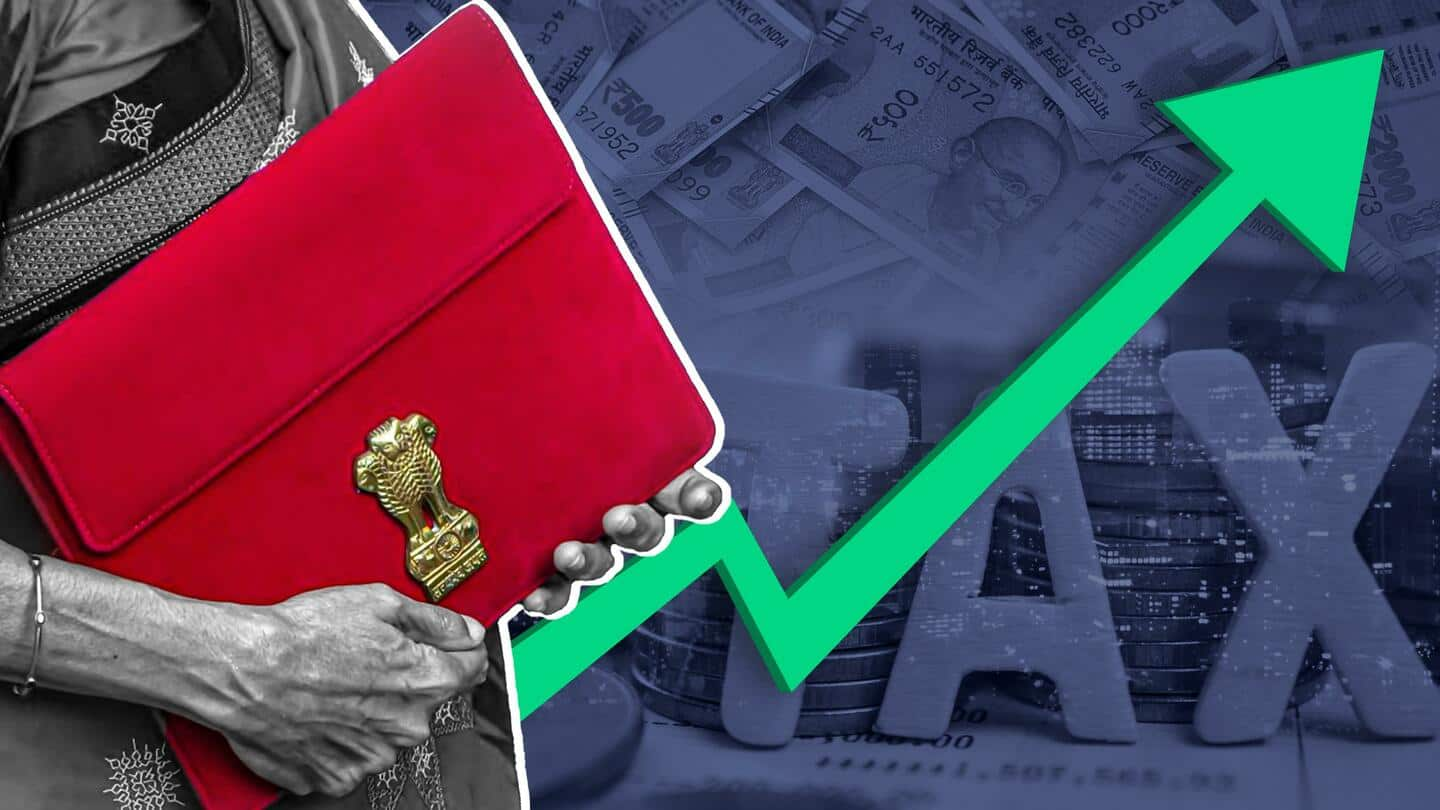
Union Budget 2023: How's new tax regime different from old
What's the story
In a relief to middle-class citizens in the Union Budget 2023-24, the income tax exemption limit under the new tax regime has been increased from Rs. 2.5 lakh to Rs. 3 lakh, while the tax rebate limit was raised from Rs. 5 lakh to Rs. 7 lakh. Citizens can choose between old and new tax regimes, but what's the difference between the two?
Context
Why does this story matter?
The government eased the tax burden for the middle class to maximize their disposable income and make the new direct tax regime more attractive. This was expected to bring the old tax regime to an end, but it is being continued simultaneously with the new tax regime—which has lower tax rates, and fewer deductions and exemptions—and citizens are free to choose any of them.
Difference
What's the difference between old and new tax regime
Citizens have to choose either the old or the new tax regime at the beginning of the fiscal year. The old tax regime has higher rates but allows exemptions or deductions based on investments in the Public Provident Fund (PPF) and other popular tax-saving schemes. The new tax regime offers lower rates but has no scope for exemption.
Rebate
What is a tax rebate?
A tax rebate is essentially a refund, for which you become eligible when the tax you pay exceeds your liability. The rebate allows us to reduce our liability legally by declaring our income. Mostly, tax rebates are available on important transactions or long-term investments. So, the money used to claim the rebate mostly returns to our pocket, and we also save tax.
Details
How to claim a tax rebate?
A standard deduction of Rs. 50,000 has been granted under the new tax regime. If one wants to claim the refund, they need to file an Income Tax rebate within a specified period. The Income Tax Act has several options through which one can reduce the annual direct tax liability, provided they file the Income Tax Return (ITR) regularly.
Slab
Number of tax slabs reduced to 5
The number of tax slabs for the next fiscal year has been reduced from six to five. Under the new tax regime, there is no tax for income up to Rs. 3 lakh; 5% tax on Rs. 3-6 lakh; 10% on Rs. 6-9 lakh, 15% on Rs. 9-12 lakh, 20% on Rs. 12-15 lakh and 30% on above Rs. 15 lakh.
Mathematics
How is tax calculated according to slab?
Under the revised rates, those earning between Rs. 3-6 lakh will have to pay 5% tax, which amounts to Rs. 15,000. Now those earning up to Rs. 7 lakh, fall into the 10% slab. It is Rs. 1 lakh more than the upper limit of the preceding slab, 10% of which makes it Rs. 10,000, and a total tax of Rs. 25,000.
Information
How will the rebate be calculated?
The Rs. 25,000 tax payable will be refunded to those earning up to Rs. 7 lakh and not more. Those who are earning above that won't be eligible for the refund due to their tax liability.